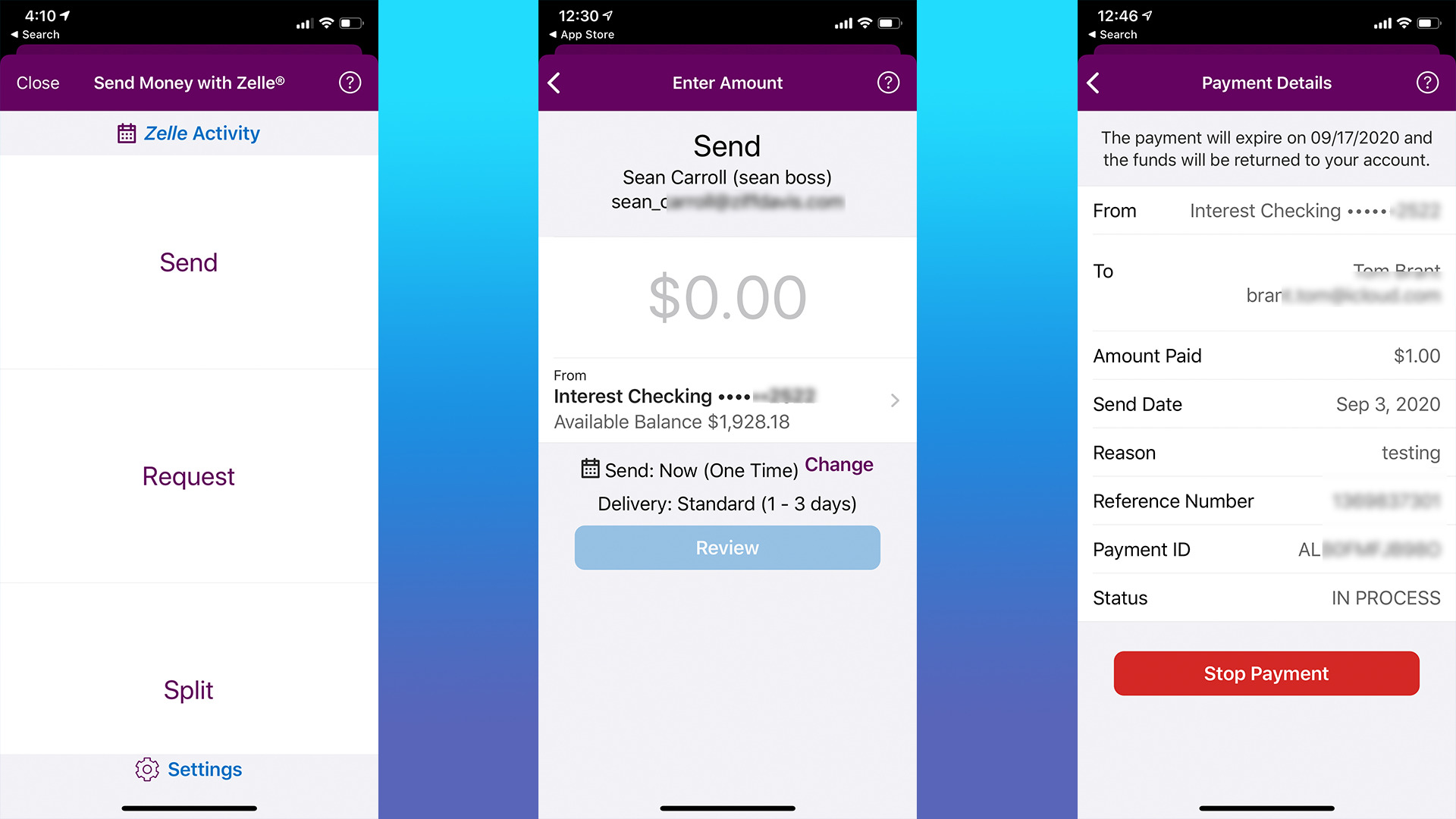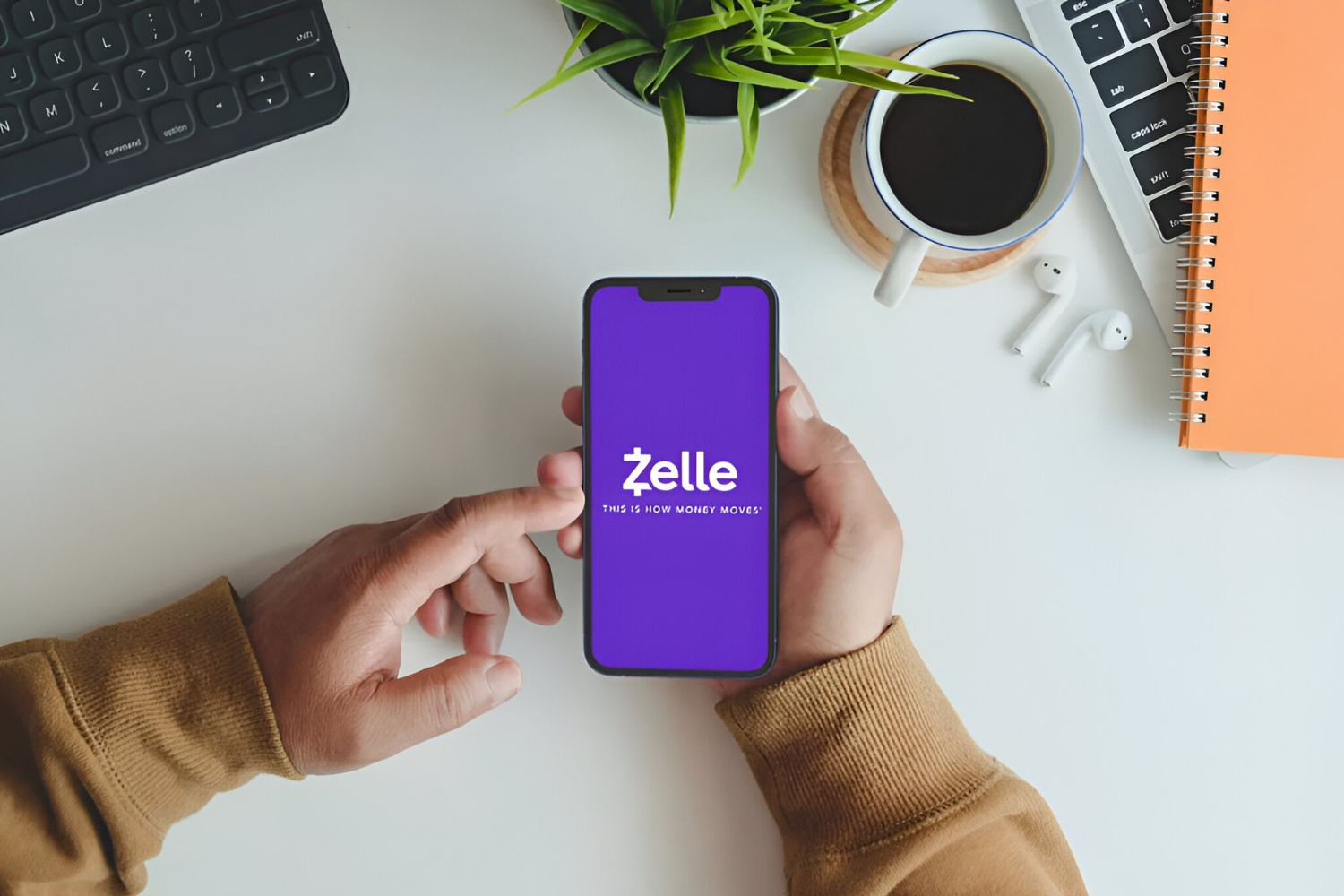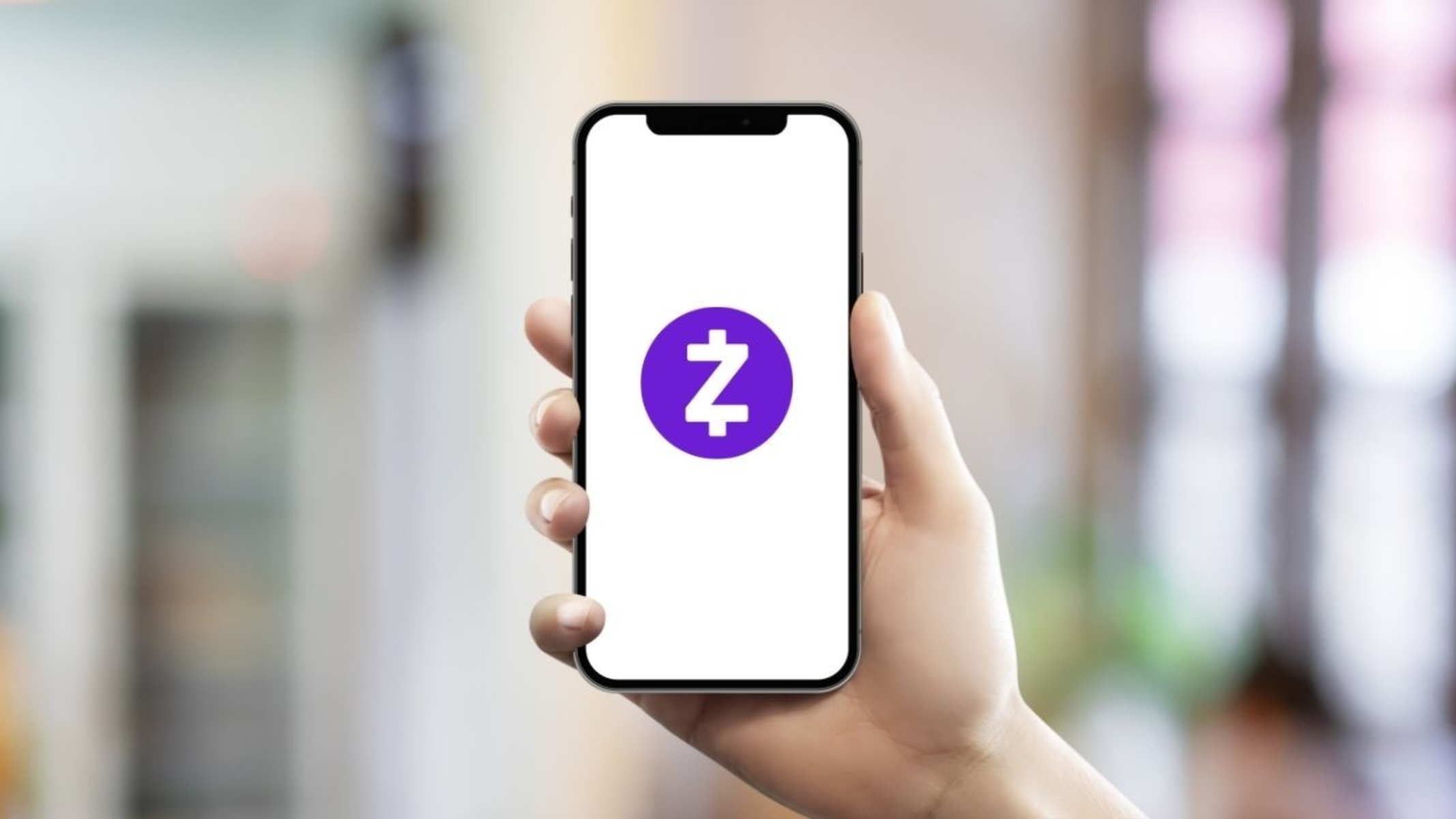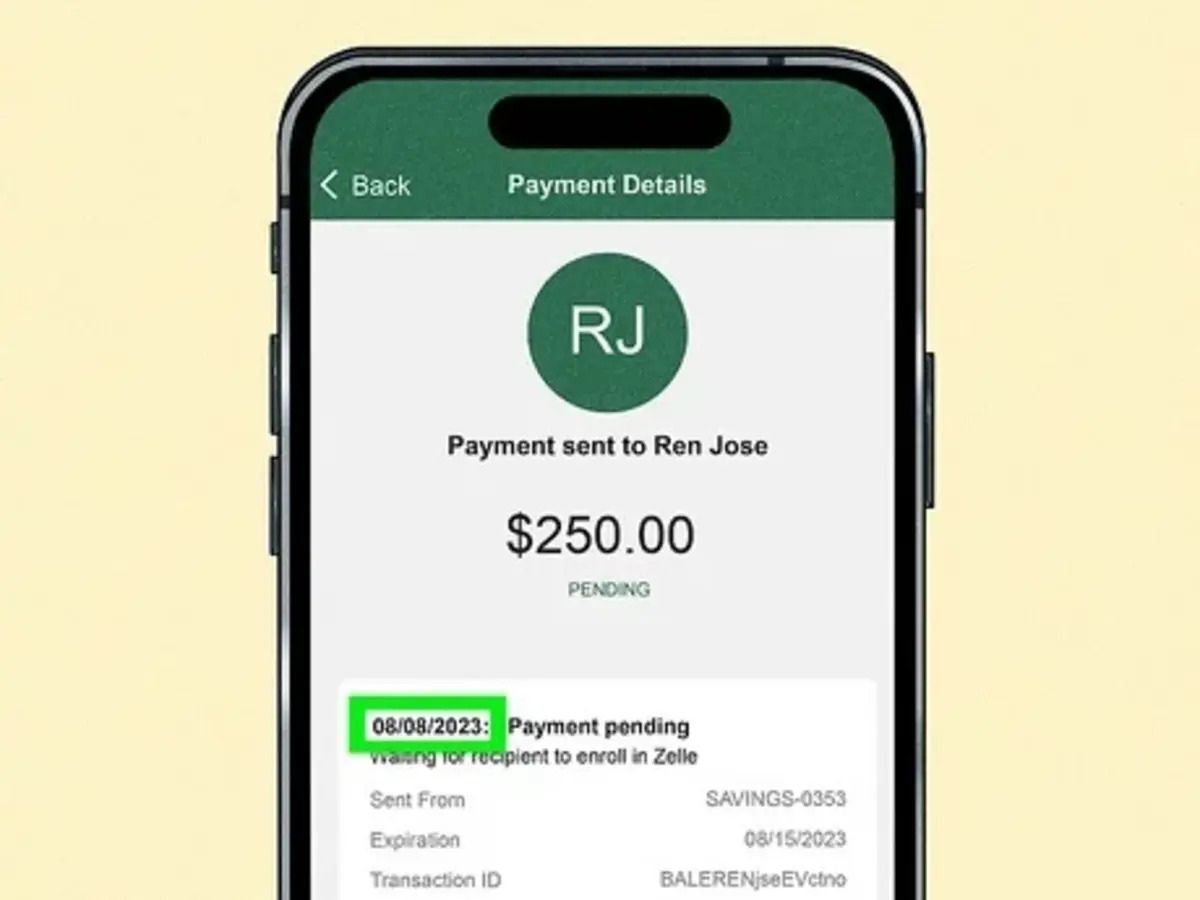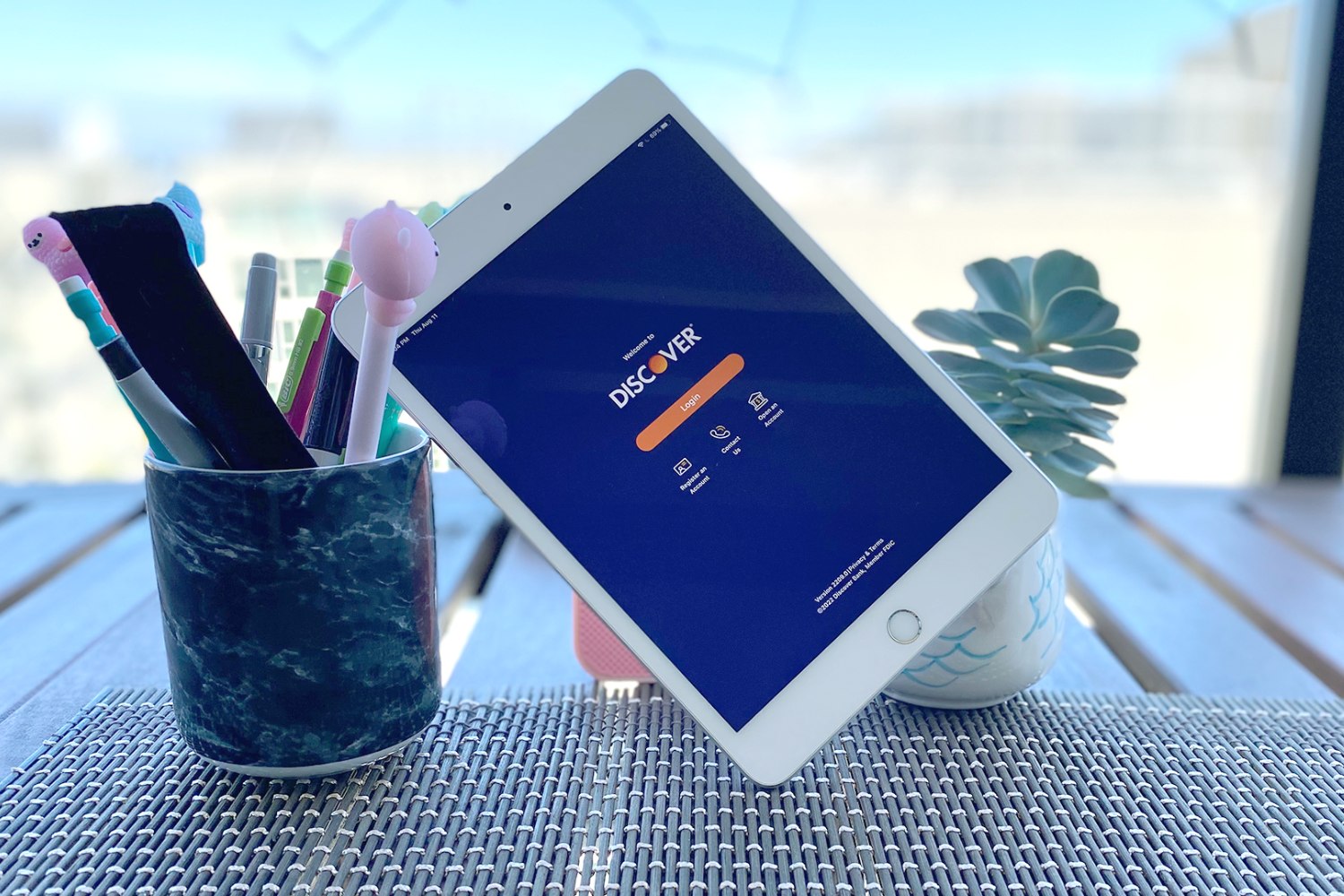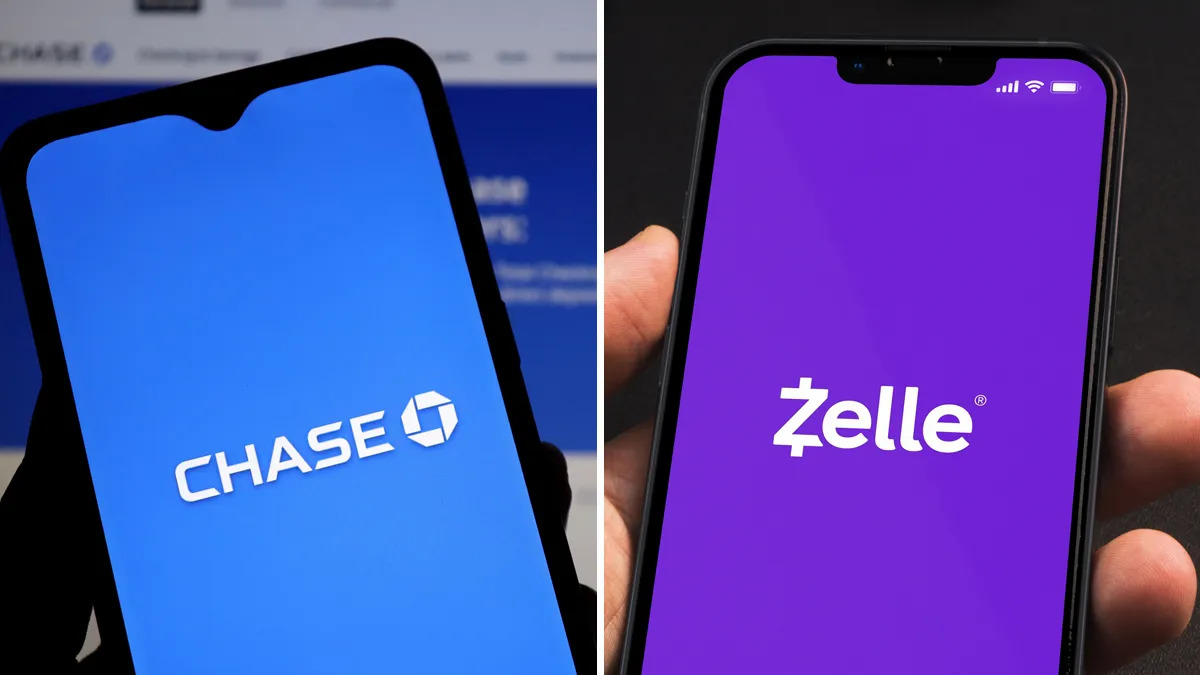Introduction
Welcome to our comprehensive guide on Zelle transactions and how long they typically take to go through. Whether you’re new to Zelle or have been using it for a while, understanding the transaction time is crucial when it comes to managing your finances.
Zelle is a popular peer-to-peer payment platform that allows users to send and receive money quickly and conveniently. With its increasing popularity, it’s essential to have a clear understanding of how long it takes for a Zelle transaction to go through.
In this article, we will delve into the factors that affect transaction time, the difference between real-time and non-real-time transactions, typical transaction times, and what to do if your transaction is delayed. By the end of this guide, you will have a comprehensive understanding of Zelle transactions and be better equipped to manage your financial transfers.
Before we explore the specifics, let’s take a closer look at what Zelle is and how it works.
What is Zelle?
Zelle is a popular digital payment service that allows users to send and receive money quickly and securely. It is a peer-to-peer platform, which means that transactions occur directly between individuals’ bank accounts, enabling fast and seamless money transfers.
One of the key advantages of Zelle is its widespread adoption across various banks and credit unions in the United States. Many financial institutions have integrated Zelle into their mobile banking apps, making it easy for customers to access and utilize the service.
Unlike traditional money transfer methods that may require third-party involvement or additional fees, Zelle offers a direct and fee-free option for sending and receiving money. With just a few taps on your mobile device, you can transfer funds to friends, family, or even pay for goods and services.
To utilize Zelle, you will need a bank account with a participating financial institution that offers Zelle integration. Once you have set up Zelle through your bank’s mobile app or online banking platform, you can start sending and receiving money with ease.
With the rise of digital payments, Zelle has quickly gained popularity as a convenient and speedy way to transfer money. It provides a secure platform for users to send funds to trusted recipients, eliminating the need to carry cash or write checks.
Now that we have a basic understanding of what Zelle is, let’s dive into how it works and the factors that influence transaction time.
How Does Zelle Work?
Zelle harnesses the power of technology to facilitate seamless money transfers between individuals’ bank accounts. The process involves a few simple steps to ensure a smooth transaction:
- Enrollment: To use Zelle, you need to have a bank account with a participating financial institution. Most major banks in the United States offer Zelle integration. You’ll need to enroll in Zelle through your bank’s mobile app or online banking platform. Once enrolled, you can access Zelle functionality within your banking app.
- Recipient Information: Before you can send money through Zelle, you must have the recipient’s email address or mobile phone number. This information is necessary to link their bank account with Zelle.
- Sending Money: To initiate a transfer, go to your bank’s app or online banking platform and locate the Zelle feature. Enter the recipient’s email address or mobile phone number, the desired amount, and any additional information required by your bank. Verify the details, and with a click of a button, you can send the money instantly.
- Recipient Notification: Once the money is sent, the recipient will receive a notification via email or SMS, depending on the information provided. The notification will include instructions on how to claim the funds and link their bank account with Zelle if they haven’t done so already.
- Receiving Money: If someone sends you money through Zelle, you will receive a notification via email or SMS. Follow the instructions provided to claim the funds and link your bank account if necessary. Once linked, the funds will be directly deposited into your bank account.
It’s important to note that both the sender and recipient must have bank accounts with participating financial institutions that support Zelle. Additionally, the sender and recipient must be located in the United States to utilize the service.
Now that we have covered the basic functionality of Zelle, let’s explore the factors that can influence the time it takes for a Zelle transaction to go through.
Factors Affecting Transaction Time
The time it takes for a Zelle transaction to go through can vary depending on several factors. Understanding these factors can help you manage your expectations and plan your finances effectively. Let’s explore the main factors that can affect the transaction time:
- Bank’s Processing Time: Each bank may have different processing times for Zelle transactions. Some banks offer real-time transfers, where the funds are available to the recipient almost instantly. However, other banks may take longer to process the transactions, resulting in a delay before the recipient can access the funds. It’s advisable to check with your bank to understand their specific processing times for Zelle transfers.
- Recipient’s Bank: The time it takes for a Zelle transaction to be completed also depends on the recipient’s bank. Just like sender banks, recipient banks may have different processing times. If the recipient’s bank does not offer real-time processing, it may take additional time for the funds to be available in the recipient’s account.
- Network Congestion: A high volume of Zelle transactions can sometimes result in network congestion, causing delays in processing times. During peak hours or busy periods, such as holidays or weekends when many people are using Zelle, it’s possible for transactions to take longer than usual. However, it’s important to note that Zelle is designed to deliver fast transactions, so these delays are generally rare.
- Transaction Verification: In some cases, Zelle transactions may require additional verification. This can happen if the transaction amount is larger than usual or if there is suspicious activity associated with the transfer. If your transaction requires verification, it may take additional time for the funds to be processed and made available to the recipient.
- Internet Connectivity: The speed and stability of your internet connection can also affect the transaction time. If you have a slow or unstable connection, it may take longer for the Zelle transaction to go through. It’s always a good idea to ensure that you have a reliable internet connection when initiating a Zelle transfer.
Keep in mind that while Zelle aims to provide fast and seamless money transfers, there may be factors beyond its control that can impact transaction time. By understanding these factors and managing your expectations, you can use Zelle more effectively and plan your financial transfers accordingly.
Now that we’ve explored the factors that can affect Zelle transaction time, let’s delve into the difference between real-time and non-real-time transactions.
Real-Time Transactions
One of the advantages of using Zelle is the possibility of real-time transactions, where the funds are available to the recipient almost immediately. Real-time transactions offer convenience and promptness, allowing users to transfer money quickly and efficiently. However, not all Zelle transactions fall into the category of real-time transfers.
In order for a Zelle transaction to be processed in real-time, both the sender and recipient must have bank accounts with participating financial institutions that offer real-time processing. When both parties have access to this feature, the transaction can be completed within a matter of minutes.
Real-time transactions are especially useful for urgent situations or when immediate access to funds is necessary. For instance, if you need to split a bill at a restaurant or send money to a friend in need, a real-time Zelle transaction can save the day.
It’s important to note, however, that the availability of real-time transactions can vary depending on the participating banks involved. While many major banks support this functionality, smaller banks or credit unions may not offer real-time processing for Zelle transfers.
To determine if your Zelle transaction qualifies for real-time processing, it’s best to check with your bank or refer to their documentation. They can provide you with specific information regarding the availability and processing times of real-time Zelle transactions.
Now that we’ve explored real-time transactions, let’s discuss non-real-time transactions and how they differ from their real-time counterparts.
Non-Real-Time Transactions
While real-time transactions are a convenient feature offered by some banks, not all Zelle transactions fall into this category. Non-real-time transactions refer to those that do not have immediate availability of funds for the recipient. Instead, these transactions may require additional time for processing before the funds can be accessed.
The processing time for non-real-time transactions can vary depending on several factors, including the sender’s bank, the recipient’s bank, and any potential network congestion. It’s essential to be aware that non-real-time transactions can take longer to complete compared to real-time transfers.
Typically, non-real-time transactions may take anywhere from a few minutes to a couple of business days to process. The exact timing can vary based on the participating banks and their specific processing times. It’s important to check with your bank to understand their guidelines and estimated processing times for non-real-time Zelle transactions.
Non-real-time transactions are still a reliable and secure way to transfer money, especially if you’re not in a hurry. They offer the convenience of sending funds electronically without the need for physical cash or paper checks. With just a few clicks, you can initiate a Zelle transfer and have the peace of mind that the funds will be safely transferred to the recipient.
It’s crucial to keep in mind that if you’re expecting to send or receive funds urgently, it’s advisable to explore real-time options or discuss alternative transfer methods with your bank. They can provide you with insights and recommendations on the most suitable way to send or receive funds with minimal delays.
Now that we’ve covered real-time and non-real-time transactions, let’s dive into the typical transaction times you can expect when using Zelle.
Typical Transaction Times
The time it takes for a Zelle transaction to be completed can vary depending on various factors, as previously discussed. However, it is helpful to have an idea of the typical transaction times you can expect when using Zelle for money transfers.
In general, real-time transactions processed through participating banks offering this feature can be completed within minutes. This immediate availability of funds makes real-time transactions ideal for urgent transfers or situations where quick access to money is crucial.
On the other hand, non-real-time transactions may take longer to process. While the exact timing can vary depending on the participating banks involved, these transactions usually take anywhere from a few minutes to a couple of business days.
It’s important to remember that delays can occur, especially during peak hours or busy periods when network congestion may impact transaction processing. However, Zelle is designed to provide fast and efficient transfers, so significant delays are generally rare.
To have a more accurate understanding of the typical transaction times, it is recommended to refer to your bank’s guidelines or reach out to their customer service representatives. They can provide specific information regarding the estimated transaction times for both real-time and non-real-time Zelle transfers.
Additionally, it’s crucial to consider any additional verification requirements that may be imposed by your bank. If your transaction requires a verification process due to suspicious activity or other factors, it may take longer for the funds to be processed and made available to the recipient.
By being aware of the typical transaction times associated with Zelle, you can better plan your fund transfers and manage your expectations. Whether you need to send money to family or friends or make payments for goods and services, understanding the expected timing will help you better navigate the Zelle platform.
Now that we have explored the typical transaction times, let’s move on to discuss what to do if you encounter any delays or issues with your Zelle transaction.
Delayed Transactions
Although Zelle is designed to facilitate fast and seamless money transfers, there may be instances where you experience delays with your transaction. Delayed transactions can be frustrating, but there are steps you can take to address the issue and ensure your funds are transferred successfully.
If you notice that your Zelle transaction is taking longer than expected, the first step is to check the transaction status. Many banks provide tracking or transaction history features within their mobile apps or online banking platforms. By accessing this information, you can determine if the transaction is still in progress or if it has encountered any issues.
If the status indicates that the transaction is still processing, it’s advisable to wait a bit longer, as delays can occur due to various factors, such as network congestion or additional verification requirements. However, if the delay persists beyond a reasonable amount of time, it’s time to take action.
In such situations, contacting your bank’s customer support or reaching out to Zelle’s customer service can provide valuable assistance. They can investigate the issue, provide updates, and help resolve any problems that may be causing the delay.
Occasionally, delays may occur if there are discrepancies or errors in the recipient’s information. It’s crucial to ensure that the email address or mobile phone number associated with the recipient’s Zelle account is accurate. Simple typos or incorrect details can lead to delays or failed transactions. Double-check the recipient’s information before initiating the transfer to avoid such issues.
In some cases, delays may arise due to technical glitches or system maintenance on the Zelle platform. These issues are usually short-lived, and the transaction will resume once the problem is resolved. Patience is key, but if the delay persists for an extended period, do not hesitate to contact customer support for assistance.
It’s important to note that fraudulent activities or unauthorized transactions can also result in delays or issues with your Zelle transactions. If you suspect any fraudulent activity or believe that your account has been compromised, notify your bank immediately. They will investigate the situation and take the necessary steps to help secure your funds and resolve the issue.
By being proactive and seeking assistance when encountering delayed transactions, you can ensure that your Zelle transfers are completed successfully and efficiently.
Now that we have discussed delayed transactions, let’s conclude our guide with a summary of important factors to consider when using Zelle.
Important Factors to Consider
When using Zelle for money transfers, there are several important factors to keep in mind to ensure a smooth and successful transaction. Consider the following factors when utilizing the Zelle platform:
- Bank Integration: Ensure that your bank is integrated with the Zelle platform. Most major banks in the United States offer Zelle functionality, but it’s always best to confirm with your bank before expecting to use the service.
- Real-Time vs. Non-Real-Time: Understand the distinction between real-time and non-real-time transactions. Real-time transfers offer immediate availability of funds, while non-real-time transactions may require additional processing time.
- Transaction Timing: Be aware of the typical transaction times associated with Zelle transfers. Real-time transactions can be completed within minutes, while non-real-time transactions usually take a few minutes to a couple of business days.
- Network Congestion: During busy periods, such as holidays or weekends, network congestion may occur, causing slight delays in transaction processing. Plan your transfers accordingly and have patience during peak periods.
- Verification Requirements: Some transactions may require additional verification, especially for larger sums or suspicious activity. Take this into account when initiating transfers and allow for extra processing time if necessary.
- Recipient Information Accuracy: Double-check the recipient’s email address or mobile phone number before initiating any transfer to ensure accuracy. Incorrect information can result in delays or failed transactions.
- Customer Support: If you encounter any issues, delays, or fraudulent activities, don’t hesitate to contact your bank’s customer support or Zelle’s customer service. They can provide assistance and help resolve any problems you may encounter.
By considering these factors, you can enhance your experience with Zelle and make the most of its convenient money transfer capabilities.
Now that we have covered important factors to consider, let’s wrap up our comprehensive guide on Zelle transactions.
Resolving Transaction Issues
Although Zelle is known for its fast and reliable transfers, there may be instances where you encounter issues or complications with your transactions. When facing transaction problems, there are several steps you can take to help resolve the issue:
- Check Transaction Status: Start by checking the status of your transaction through your bank’s mobile app or online banking platform. This will provide insight into whether the transaction is still processing or if there are any issues that need attention.
- Contact Customer Support: If you notice any delays, discrepancies, or unauthorized transactions, contact your bank’s customer support or Zelle’s customer service as soon as possible. They can investigate the issue and provide guidance on the best course of action.
- Verify Recipient Information: Ensure the accuracy of the recipient’s information, including their email address or mobile phone number. Simple errors or typos can cause delays or failed transactions. Double-check the details before initiating the transfer.
- Monitor for Fraudulent Activity: Be vigilant and regularly review your transaction history for any suspicious or unauthorized transactions. If you suspect any fraudulent activity, notify your bank immediately. They will take appropriate measures to secure your account and investigate the issue.
- Persistency and Patience: In some cases, resolving transaction issues may require persistence and patience. Stay in touch with customer support, provide any requested information promptly, and follow up when necessary to ensure the matter is resolved.
- Alternative Transfer Methods: If the issue persists or cannot be resolved quickly, consider utilizing alternative transfer methods. Your bank can provide guidance on other secure options available to you.
Remember, it is important to act promptly when encountering transaction issues to protect your funds and ensure a timely resolution. By following the steps above and staying in close contact with the appropriate customer support channels, you can increase the likelihood of resolving any transaction problems effectively.
Now that we’ve discussed how to address transaction issues, let’s wrap up our comprehensive guide to Zelle transactions.
Conclusion
Understanding how long it takes for a Zelle transaction to go through is essential for managing your finances effectively. Whether you’re sending money to a friend, splitting a bill, or making payments for goods and services, knowing the transaction time allows you to plan accordingly and ensure a smooth transfer process.
Zelle offers a convenient and secure platform for peer-to-peer money transfers. Real-time transactions allow for immediate availability of funds, making them perfect for urgent transfers. On the other hand, non-real-time transactions may take a bit longer to process, with typical processing times ranging from a few minutes to a couple of business days.
Factors such as bank processing time, network congestion, and verification requirements can impact the duration of a Zelle transaction. However, Zelle’s goal is to provide fast and seamless transfers, and significant delays are generally uncommon.
If you encounter any delays or issues with your Zelle transaction, it’s important to take action promptly. Check the transaction status, contact your bank’s customer support or Zelle’s customer service, and verify the accuracy of the recipient’s information. Be vigilant for any fraudulent activity and consider alternative transfer methods if needed.
By being aware of the important factors and steps to resolve transaction issues, you can effectively navigate the Zelle platform and ensure successful money transfers.
We hope that this comprehensive guide has provided you with valuable insights into Zelle transactions and how long they typically take to go through. Remember to consult your bank for specific information regarding their Zelle processing times and guidelines.
Whether you’re sending money to family, friends, or engaging in financial transactions, Zelle offers a convenient and efficient way to transfer funds. Embrace the speed and convenience of this digital payment service, and enjoy the seamless experience it provides.







